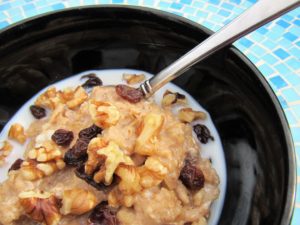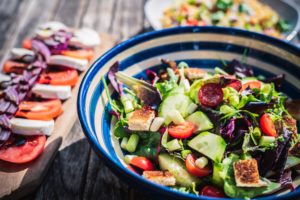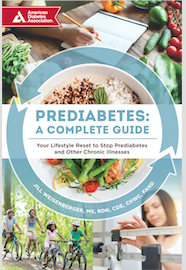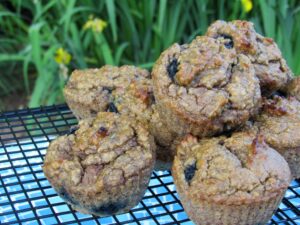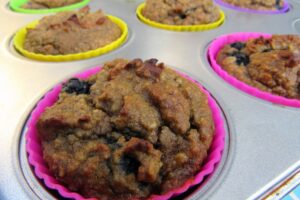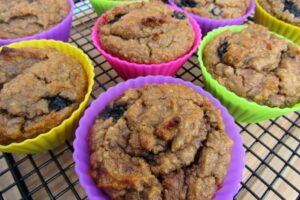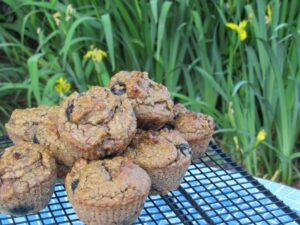How does healthy living translate on vacation, a time when we want to relax, turn down the mental noise, enjoy some yummy food experiences and get out of our typical routines?

Growing up, we took a beach vacation almost every year. My family has dozens of stories like our car breaking down on Father’s Day halfway to the beach in a little town with only a handful of traffic lights and no on-call mechanic. I remember endless games of beach volleyball and tag football with newly met friends. Of course, searching the beach at night for crabs with flashlights in hand and playing tag in the sand were fun highlights to my young self. But one of our favorite family treats was trying out a different ice cream or frozen yogurt shop each night- so delicious! These memories are dear and meaningful- memories I want to create with my own kids one day.
But with diet culture so prevalent, many individuals struggle with how to vacation well. Do they relish daily treats, laying aside usual food and activity routines and simply enjoy their getaway? Or, do they stick to the same food and activity habits they follow at home? For some, these questions produce a lot of anxiety. And for some, they arrive back home feeling guilt or regret or even shame.
When we don’t answer these questions beforehand, it creates a low lying sense of turmoil all vacation long. This can make it difficult to enjoy the time away and be fully present, because we are always wondering if we should ‘just relax’ or stick to our ‘healthy’ routines. I will never tell you how to enjoy your vacation- it’s meant to be fun!

The best news is that it doesn’t need to be either/or. It’s not restriction or indulgence, guilt or good. Remember- that is diet thinking. Health isn’t a destination, it’s a way of life. And, it is open to our interpretation of treats, fun, rest, and self-care. And sometimes self-care is sitting on the porch, listening to the waves crashing on the shore OR enjoying an ice cream cone with the family OR sleeping in late and forgoing that usual morning workout. If you are looking for some fresh perspective, here are some tips for eating, moving and living well on vacation…
Meals Out OR In?… Decide in Advance
While you may intend to eat out several times while on vacation, determine in advance how often. Eating out can be fun because who really wants to cook every night? But, if you have young kids and a food budget, eating some meals in may be wise. In fact, I know that with our young family, eating out can be a hassle and frustrating. Early bedtimes, kids learning table manners, changing diapers, nursing and keeping young ones occupied- eating out isn’t exactly as stress free as it sounds.
But just because you decide to make some meals in doesn’t mean it needs to be complicated. Consider creating a menu along with a grocery list in advance. Save yourself time and energy on vacation by bringing pre-prepped ingredients (or buy them pre-prepped). Don’t forget snacks (like these!!) too! Whenever possible, request rooms with a refrigerator (or mini fridge) and if possible, a burner and stove. Keep it simple. Grab a rotisserie chicken, bag of salad, bottle of dressing and whole grain baguette OR a package of marinated chicken breasts, jar of pesto, package of whole grain pasta and bag of spinach.
Some research shows that average restaurant meals have 1200-1500 calories. And not only that, many restaurant meals include more salt than we might add at home which can make us feel bloated the next day. It’s okay to enjoy a few meals out when you are on vacation. But it also might be helpful to consider how we might feel after consecutive days eating these meals. Remember- you get to define what eating well on vacation looks like.

And don’t forget, there are LOTS of ways to treat ourselves other than food. Maybe scheduling a pedicure or massage will make you feel amazing?! Or, treat yourself to a fun tour or mini trip or schedule in some personal quiet time all to yourself!
If you are staying at someone’s home, you can bring up the topic of a meal plan by offering to take care of a meal (purchasing and preparing the food). This lets the host know that you want to contribute and are interested in making some meals in during your stay. If you are vacationing with other individuals, creating a general meal plan allows everyone to take responsibility for a specific part of the plan and ensures each person is in agreement with it.
My dad’s family used to take a week long trip to the mountains. Each family was responsible for 1 dinner for the entire group. It was tons of fun and allowed everyone to take a break from meal planning, cooking, cleaning and all mental energy that goes into family meals.
Eating well on vacation is about making choices that feel right for you and your family.
Create a Plan to Make You Feel Great EVERY SINGLE DAY
Decide on 1 or 2 habits and behaviors you will do every day so that you feel and think at your best. Leave guilt the on the side of the road- you are on vacation and should enjoy it. Think about what habits you have now that make you feel great, energized, connected, emotionally healthy, confident and rested. Here are a few ideas:
- Achieve 10,000 steps every day
- Drink 64oz pure water
- Take a leisure walk with your spouse
- Enjoy a family breakfast at the table each morning
- Stop eating at a 7 out of 10, when pleasantly satisfied
- Disconnect from social media at 7pm every night
- Get 8 hours of sleep every night
- Family time after dinner (board games, charades, reminisce about favorite memories, etc)
- Do 1 thing you love
- Read your Bible every morning
- Yoga or stretching every morning
Whatever it is that makes you feel fantastic, commit to it every single day. Don’t try to conquer the world on vacation; just agree to 1 or 2 behaviors that are important to you- and then follow through.

Enjoy Fun & Creative Activity
Following your typical home exercise routine may be unappealing to you or simply impossible when on vacation, but it is always possible find ways to be active– sometimes you just have to get creative. A set of tennis shoes, gym clothes, water bottle and a positive attitude… that is all you need. Here are a few ideas:
- Walk to a destination from your hotel or room. Maybe you can walk to the nearby park, coffee shop, grocery store, cafe, museum, etc. Decide that you will only use your car if absolutely necessary and commit to walking or biking where you want to go.
- Enjoy an early morning sunrise walk, alone or with your spouse or a friend. Many individuals agree that they make smarter food choices during the day when they begin their day with exercise.
- Find a local gym, yoga studio or CrossFit that allows single day memberships. Schedule what days you will go and enjoy a different routine.
- Follow an online workout program. You can find hundreds of U-Tube videos from professionals that have long and short routines and vary in intensity and training level. There are workouts as short as 6-8 minutes if that is all the time you have. Some exercise programs are specifically designed for hotel rooms so that you are not making a racket for your downstairs neighbors. Don’t worry if you don’t have any equipment, all you need is a can-do attitude. Just look for a video that fits within your constraints.
- Plan a game day. Every time we visit our family in Georgia, I like to plan a family kickball game or other outdoor activity. For a couple hours we laugh, run, giggle, tease and create lasting memories. This is one of my favorite ways to boost my activity when I am out of town.
- Plan a ‘walk & talk.’ Why not connect while taking a walk? Catch up with an old friend from school while taking a walk on your old campus. Enjoy the beach sunset and cool waves at your toes with your favorite person. Reminisce taking a walk in an old childhood neighborhood with a family member. Find a different park each day to visit with your partner.
These are even more ideas to help you stay active when away from home.

“Do anything, but let it produce joy.” — Walt Whitman
Our vacations are meant for pleasure and to refuel us for the next days to come. These tips for eating, moving and living well on vacation are about the freedom to choose events and practices that allow you to enjoy your getaway to its fullest.
Be intentional about living in such a way that it does not ignite regret or guilt. Enjoy a few treats, let go of some responsibilities, shake off the stress, but most importantly, be sure to treat your body and mind with the courtesy and respect it deserves.
And then, share some of your joy with someone else.

TRUTH: Do not conform to the pattern of this world, but be transformed by the renewing of your mind. Then you will be able to test and approve what God’s will is—his good, pleasing and perfect will. –Romans 12:2 (NIV)

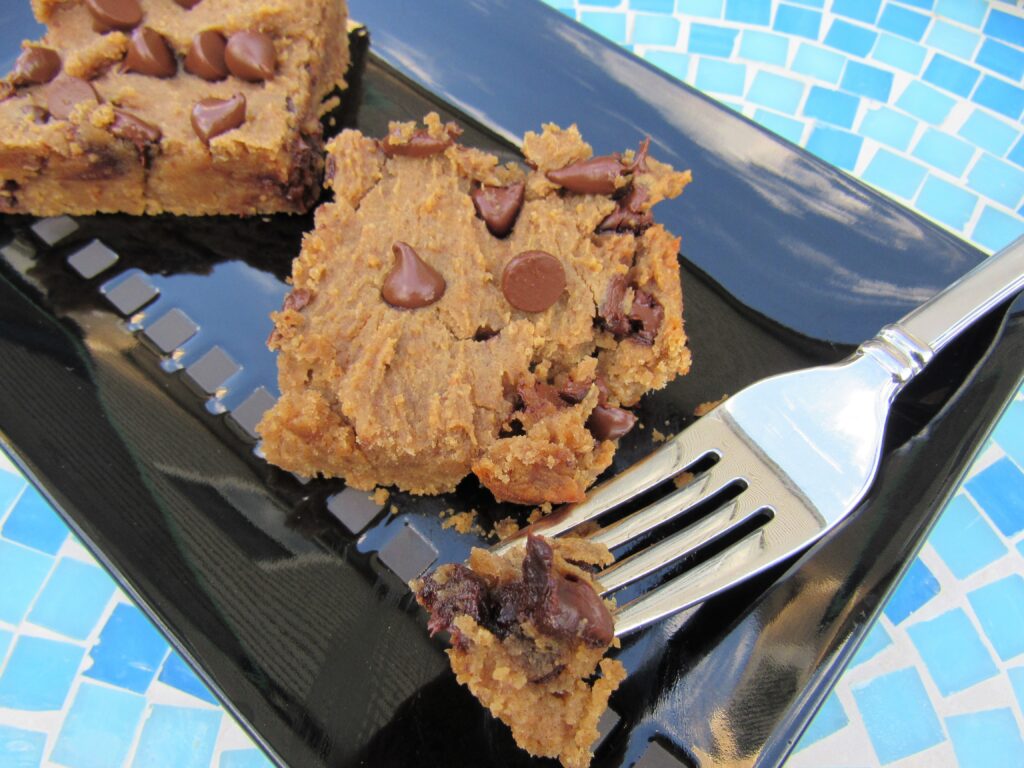
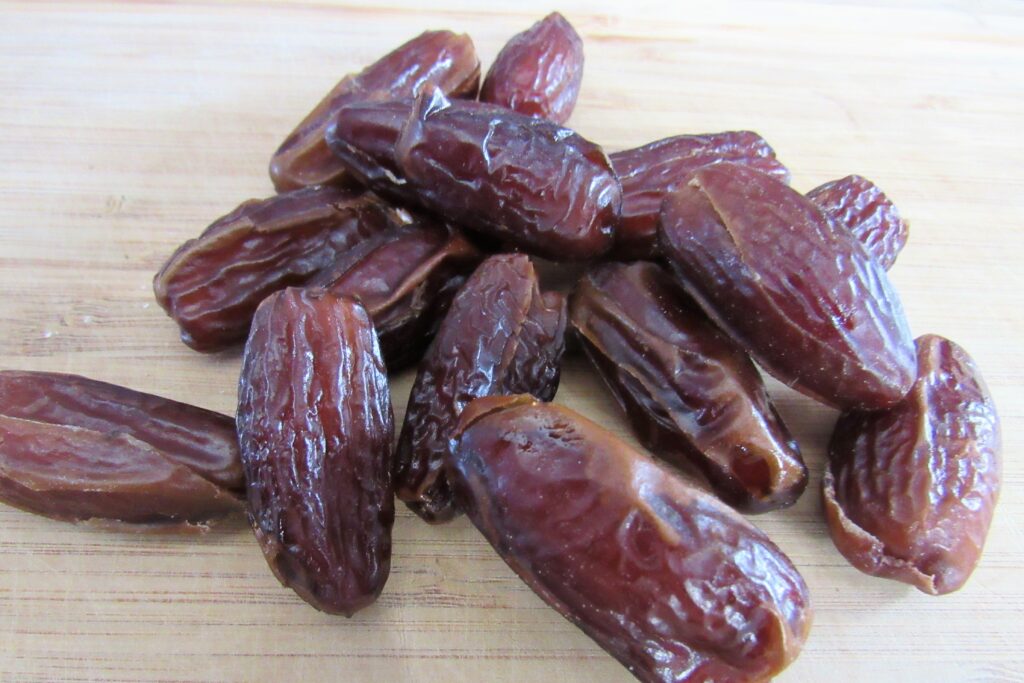
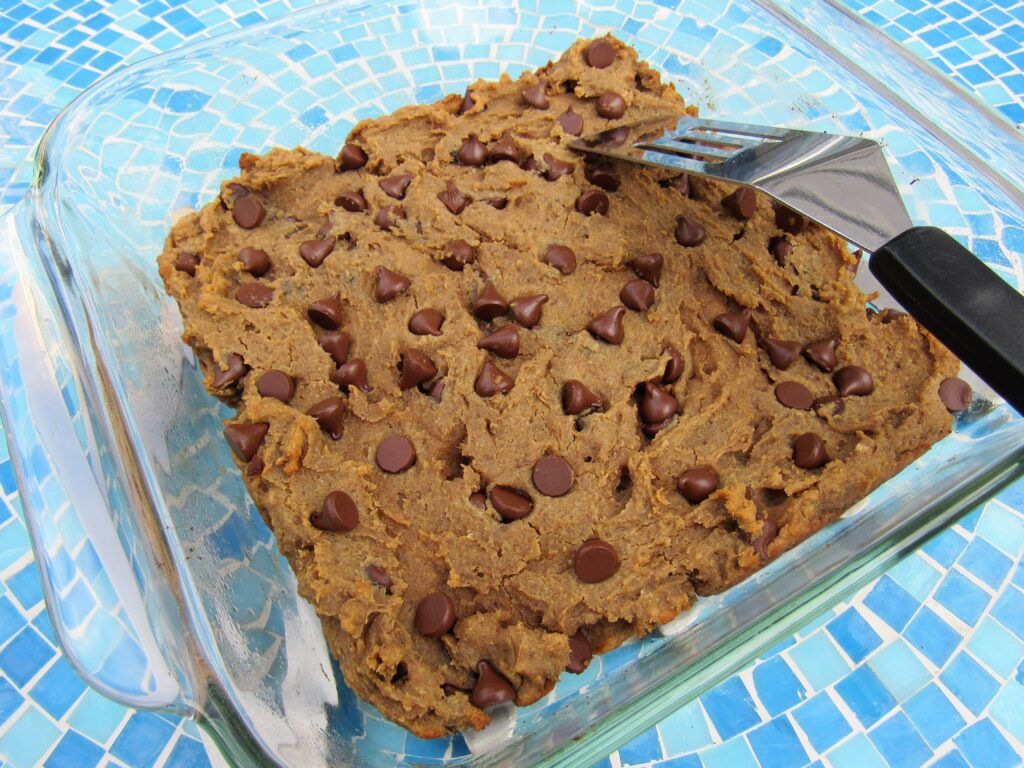
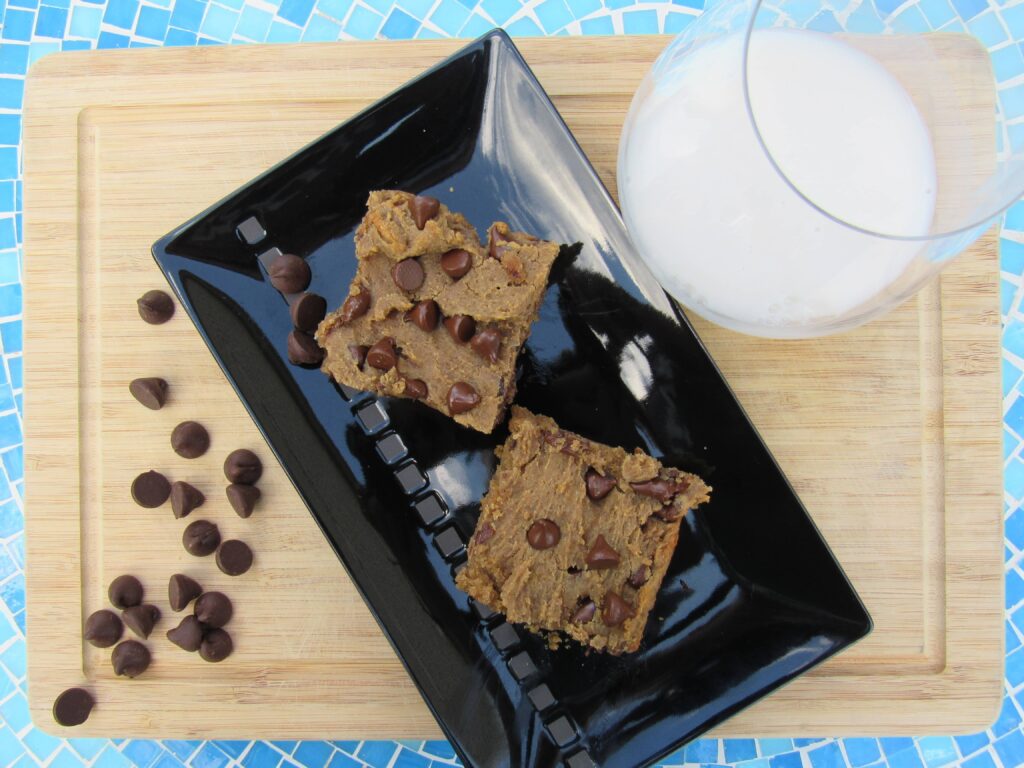

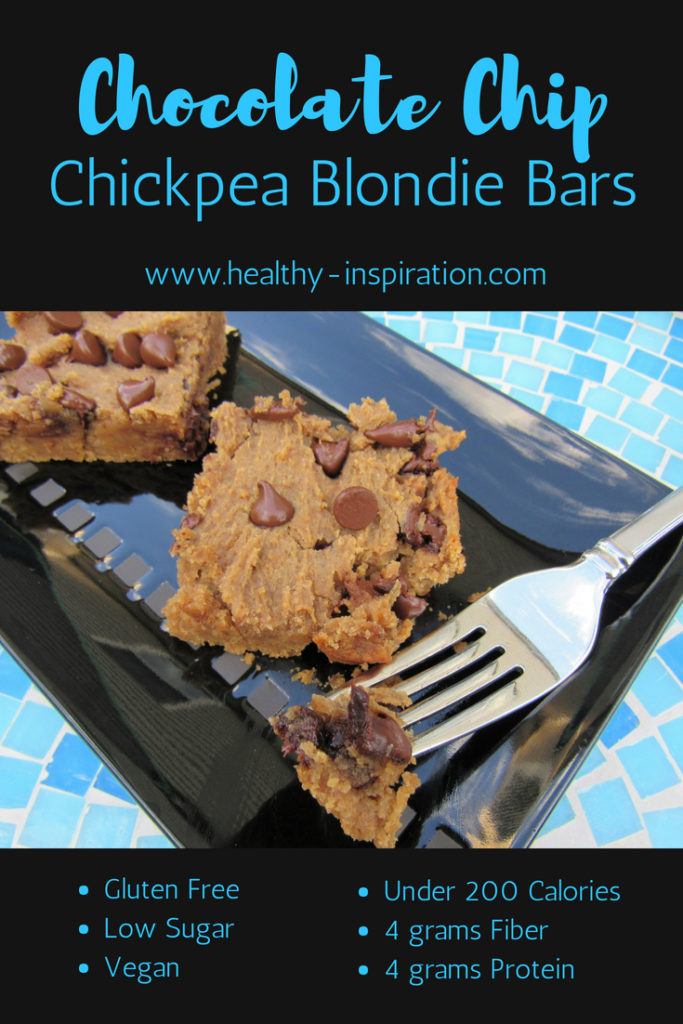

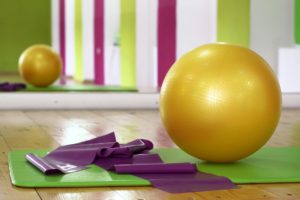

 Fellow Registered Dietitian,
Fellow Registered Dietitian, 
